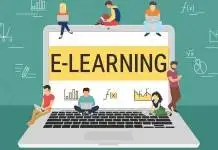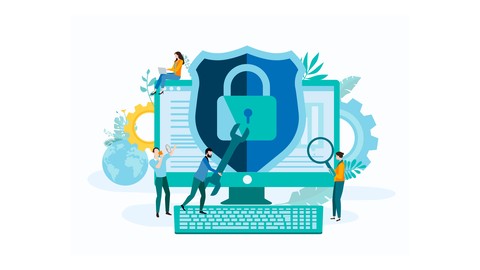With the pandemic still prevailing in the country, the central and state governments decided to adopt a hybrid learning model of education where the teachers conduct both offline and online classes for the students simultaneously. Students are provided with online study materials, accessible from any device and anywhere. As schools are reopening in many states, they have been following the hybrid learning model wherein the students attend physical school in batches.
The shift from offline to online education and now to a hybrid model has affected students, parents, teachers, and educators.
Here are some ways that might help in engaging students while they are not physically present in school and are studying from home on some days:
- Interactive learning:
Concepts are well understood when simplified and made interactive. Students learn better through experience rather than through the old chalk and duster way of teaching. Interactive learning through experiments and activities is the new trend, as it increases student productivity. It also includes conducting live classes on educational applications with a teacher present online to clear doubts and explain concepts. Live lectures are accessible at any time and from anywhere in the comfort of your home. Interactive learning is fun and best for concept clarification and problem-solving.

- Learning Videos (Pre-recorded)
Over the last two years, the internet, mobile phones, and video platforms have become students’ best friends. Educators should take advantage of the fact that students are tech-savvy. Teachers can share pre-recorded fun video lectures, educational animated videos, documentaries, and more which keeps the learner glued to the screen while learning happens simultaneously. For a subject like science that traditionally requires laboratories or demos, conducting virtual experiments and sharing application-based videos are game-changers. Taught through visual tools, they work to enhance engagement and boost retention.
- Digitised textbooks with Reading Assistants
When the education sector moved online, most school students began using digital textbooks for the first time in 2020. It was a great leap from physical textbooks for many but brought up challenges for those not equally fluent in the English language. In cognisance, many educational applications provide digital textbooks installed with reading assistants. The reading assistant is a great multi-sensory tool to engage students in the learning process. This technology helps students learn English interactively where the screen reads aloud with a host of tools to support it.
Important Announcement – EasyShiksha has now started Online Internship Program “Ab India Sikhega Ghar Se”
4. Vernacular Content:
Many educationists believe that instruction in one’s mother tongue makes learning quicker and more comprehensive. Educational applications, video content and more should be made available in the student’s mother language to prevent any gaps in concept clarity. Using technology to provide education in regional languages can augment student participation and understanding and ultimately improve grades.
- Individual Mentor Support:
No two students are the same, necessitating mentor support for each student whenever required. Educators must ensure that students do not lose interest in their fun learning journey or do not fear lagging compared to their classmates or friends. Students should have the opportunity to seek assistance from experts, whether online or offline. The mentors could provide custom quizzes or fun activities to ensure individualised student understanding. Mentor support helps clear doubts, monitor performance, and assist students in achieving their learning goals.
Top Software Engineering Courses
ALSO READ: Jaro Education announces “I Wish to Make a Difference” an education initiative
Want to improve your skill visit: EasyShiksha






































































